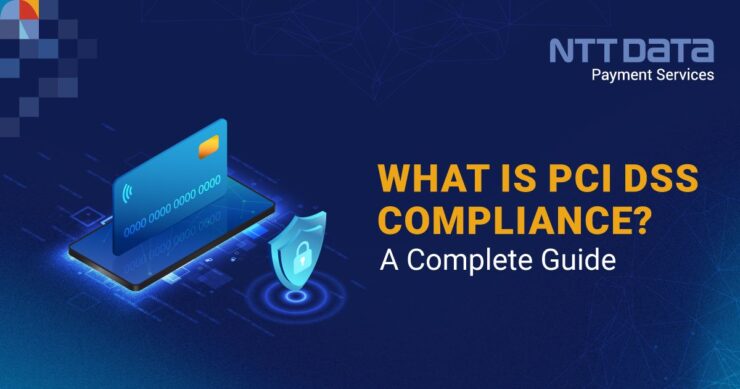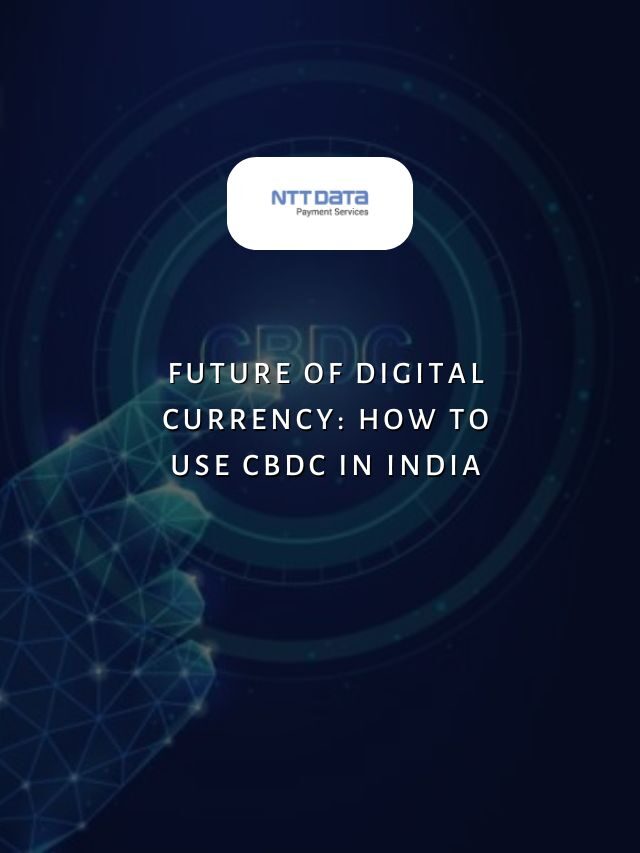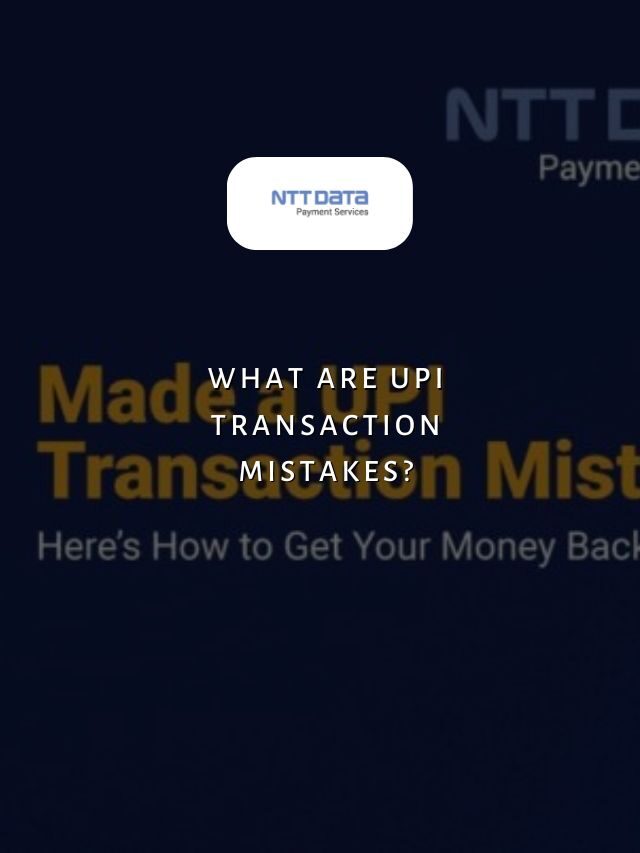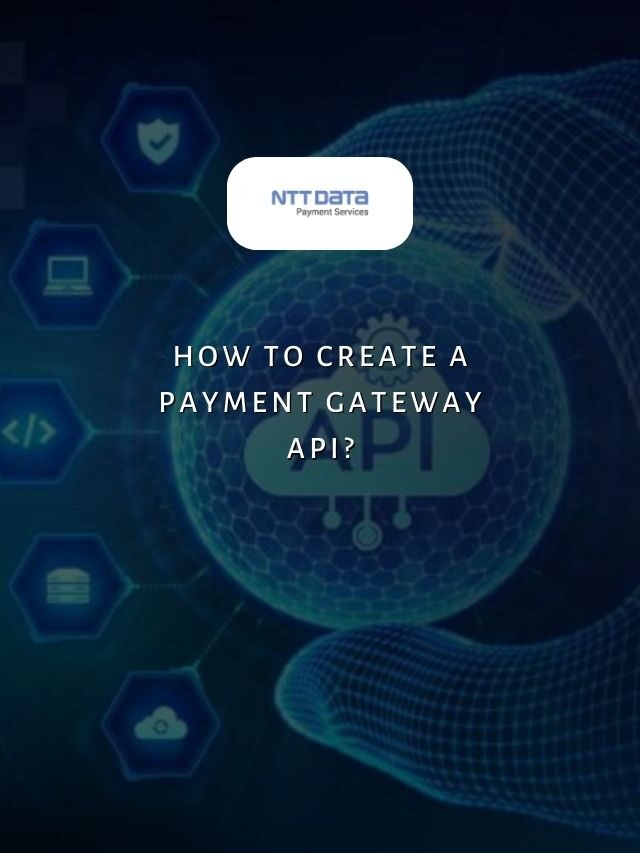
Table of Contents
- 1 A Complete Guide on PCI DSS Compliance
- 2 Recent Web Stories
- 3 What is PCI DSS Compliance?
- 4 A Brief History of PCI DSS
- 5 12 Requirements of PCI DSS Compliance
- 5.1 1. Set Up Firewalls To Safeguard Cardholder Information:
- 5.2 2. Change Vendor-Supplied Passwords And Security Parameters:
- 5.3 3. Protect Stored Cardholder Data:
- 5.4 4. Transmit Cardholder Data Across Public Networks Using Encryption:
- 5.5 5. Use And Regularly Update Antivirus Software:
- 5.6 6. Create And Manage Safe Apps And Systems:
- 5.7 7. Limit Cardholder Data Access Based On Business Requirements:
- 5.8 8. Assign Unique Ids For Each Person With Access To Systems:
- 5.9 9. Restrict Physical Access To Cardholder Data:
- 5.10 10. Keep Track Of And Monitor All Network Resources And Cardholder Data Access:
- 5.11 11. Regularly Test Security Systems And Processes:
- 5.12 12. Maintain An Information Security Policy:
- 6 Why is PCI DSS Compliance Important?
- 7 Accessing Your PCI DSS Compliance
- 8 Get Your PCI DSS Compliance With NTT Data Payment Services
- 9 Achieving And Maintaining PCI DSS Compliance
- 10 PCI DSS compliance: FAQs
PCI DSS compliance is essential for any business that processes, stores, or transmits credit card data. All major credit card companies require compliance with PCI DSS. PCI DSS compliance consists of 12 main requirements that must be met.
The goal is to put robust security measures in place to prevent data breaches and the theft of financial information. Maintaining an ongoing PCI compliance program is essential as customers show more interest in online shopping and sharing financial data.
Let’s explore a comprehensive overview of exactly what is PCI DSS compliance entails. Let’s discuss the 12 requirements in detail and how to properly assess, achieve, and maintain compliance on an ongoing basis.
A Complete Guide on PCI DSS Compliance
Payment card data security and compliance with industry standards are significant for businesses. As e-commerce continues to grow rapidly, so does the threat for organisations that process, store, or transmit credit card information. With increased online shopping and the rise of mobile wallets, more payment transactions occur digitally every day.
As a result, payment cards have become one of the most lucrative targets for hackers worldwide. To help combat fraud and safeguard consumers, the major card brands developed the Payment Card Industry Data Security Standard (PCI DSS). PCI DSS compliance is mandatory, but many organisations still need help with complete adherence to strict standards.
Recent Web Stories
What is PCI DSS Compliance?
PCI DSS is a set of security standards developed by the major credit card brands to help businesses keep cardholder data secure. Any organisation that handles credit card transactions must comply with PCI DSS.
A Brief History of PCI DSS
Before PCI DSS, each major credit card brand, like Visa, Mastercard, American Express, etc., had individual security standards. This caused problems for merchants who had to comply with multiple varying standards.
In 2004, the major card brands came together to develop a unified set of security standards called the Payment Card Industry Data Security Standard, or PCI DSS for short. Since then, PCI DSS has continued to evolve through regular updates by the PCI Security Standards Council (PCI SSC) to address emerging threats.
| Did you know? As of today, Nov 23, The current PCI DSS version has been updated to 4.0, launched on March 31, 2022. Organisations should respond proactively between the standard’s publication and its effective date, just like with any significant compliance framework change. |
12 Requirements of PCI DSS Compliance
At its core, PCI DSS compliance involves meeting 12 specific security requirements. These requirements address everything from firewall configuration to access control and more.
Here’s a quick overview of the 12 PCI DSS requirements:
- Set up firewalls to safeguard cardholder information
- Change vendor-supplied passwords and security parameters
- Protect stored cardholder data
- Transmit cardholder data across public networks using encryption
- Use and regularly update antivirus software
- Create and manage safe apps and systems
- Limit cardholder data access based on business requirements
- Assign unique IDs for each person with access to the systems
- Restrict physical access to cardholder data
- Keep track of and monitor all network resources and cardholder data access
- Regularly test security systems and processes
- Maintain an information security policy.
Meeting all 12 of these requirements involves technical security controls as well as policies and procedures. Let’s explore these 12 requirements in detail.
1. Set Up Firewalls To Safeguard Cardholder Information:
Firewalls act as the first line of defence, restricting what traffic can enter/exit networks. Organisations must install hardware and software firewalls to properly segment and protect the cardholder data environment. Firewall rules and configurations need to be optimised and regularly reviewed/updated.
2. Change Vendor-Supplied Passwords And Security Parameters:
Default passwords and configurations from vendors are easy targets for hackers. Merchants must change all default credentials and ensure strong, unique passwords are used for systems like routers, WiFi networks, POS devices, etc.
3. Protect Stored Cardholder Data:
Card data needs to be inventoried so it is known where exactly it resides. Any storage of card data must be minimised and encrypted. Merchants should diagram their payment flows to understand how card data moves in/out of their systems.
4. Transmit Cardholder Data Across Public Networks Using Encryption:
Any transmission of card numbers, like during remote backups or email receipts, must be encrypted in transit. Encryption helps prevent snooping/alteration of sensitive data on less secure networks.
5. Use And Regularly Update Antivirus Software:
Keeping systems patched and updated with the latest antivirus definitions helps block malware used in many data breaches. Automated, regular scans need to be configured to catch any infections before they can spread.
6. Create And Manage Safe Apps And Systems:
All devices and software involved in payments must have the latest patches applied, the most robust authentication enabled, and be developed/configured securely following principles of least privilege. This reduces vulnerabilities attackers exploit.
7. Limit Cardholder Data Access Based On Business Requirements:
Employees and third parties should only access payment systems and data necessary for their jobs. Access rights must be documented and limited in scope to prevent data leaks or fraudulent use in case of a compromise.
8. Assign Unique Ids For Each Person With Access To Systems:
Individual user accounts help with access control and auditing. Reusing the same credentials or sharing accounts undermines security. Unique, complex passwords should be enforced to strengthen authentication.
9. Restrict Physical Access To Cardholder Data:
Access to POS terminals, servers, and paper receipts containing card numbers need to be physically secured. Logging and monitoring of equipment locations helps prevent theft or tampering with hardware.
10. Keep Track Of And Monitor All Network Resources And Cardholder Data Access:
Logging access to critical systems and flagging anomalous behaviour helps detect intrusions and data breaches. Logs need to be sent securely to a centralised system and retained as per PCI standards.
11. Regularly Test Security Systems And Processes:
Vulnerability scanning and penetration testing ensure controls are working to block external and internal threats. It also helps identify new vulnerabilities to patch and process gaps to strengthen before a real attacker finds them.
12. Maintain An Information Security Policy:
Documented security policies set the baseline for protecting cardholder data and guide employees in handling sensitive information responsibly. These need to be reviewed and enforced through training and audits.
Why is PCI DSS Compliance Important?
There are a few key reasons why PCI DSS compliance is important for any business that processes credit cards:
1. Avoid Fines and Fees
If a data breach occurs due to non-compliance, businesses can face major fines from payment brands as well as litigation costs. Fines can be up to $500,000 per incident.
2. Maintain Ability to Process Cards
Payment processors require merchants to validate PCI DSS compliance annually. Non-compliance can result in the inability to accept credit card payments.
3. Protect Customer Data
Following PCI DSS helps businesses properly secure sensitive cardholder data and prevent data breaches. This builds customer trust.
4. Fulfil Regulatory Obligations
In some jurisdictions, failure to protect customer payment data can result in regulatory penalties from government agencies.
5. Lower Insurance Costs
Compliant businesses may pay lower rates for data breach insurance since they can demonstrate security best practices.
6. Gain Competitive Advantage
Consumers are becoming increasingly security-conscious. PCI compliance shows customers a business takes security seriously. PCI DSS helps businesses avoid significant financial and legal consequences of non-compliance while protecting their brand reputation. Gaining and maintaining PCI compliance is critical.
Accessing Your PCI DSS Compliance
The first step is assessing your current PCI DSS compliance posture. This involves the following:
- Identify All Systems That Store, Process, or Transmit Cardholder Data
- Document All Hardware, Software, and Services Related to Card Processing
- Review Documentation for Firewalls, Access Controls, Encryption, etc.
- Verify Proper Configuration of Security Controls
- Review Security Policies and Procedures Documents
Businesses then complete a Self-Assessment Questionnaire (SAQ) provided by the PCI SSC based on their business and technologies. This helps identify any gaps in compliance.
From there, a Report on Compliance (ROC) is conducted by an internal security assessor or external Qualified Security Assessor (QSA), depending on the organisation’s validation level. The ROC validates compliance requirements have been met.
Get Your PCI DSS Compliance With NTT Data Payment Services
PCI DSS compliance is crucial for any organisation that handles credit card information. While it requires ongoing effort, non-compliance poses far greater risks. NTT DATA Payment Services has helped many businesses meet these important security standards through its comprehensive payment solutions.
NTT DATA Payment Services offers a complete payment solution to advance both your offline and online businesses from,
- Online Payment Gateway in India
- POS machines
- IVR payments
- Mobile applications, and
- Bharat QR Scan and Pay
We ensure maximum comfort, convenience, and safety for all your payments.
Achieving And Maintaining PCI DSS Compliance
While it may require initial investments of time and resources, non-compliance poses far greater risks to a business through fines, lawsuits, reputation damage, and inability to accept card payments; following a compliance program helps ensure customer payment data is always protected to the highest standards.
Prioritising payment security with PCI DSS requirements is the best way for businesses to drive growth safely and securely. Compliance builds confidence for customers and gives merchants peace of mind that their systems are robustly defended.
| Also, you can get frequent updates on nttdatapayments Instagram page. |
PCI DSS compliance: FAQs
1. What is the PCI compliance guide?
The PCI compliance guide outlines the Payment Card Industry Data Security Standard (PCI DSS). This standard contains 12 main requirements that companies must follow to process, store, and transmit cardholder data securely.
2. What are the 4 things that PCI DSS covers?
PCI DSS covers the following 4 main things
- firewall configuration
- access controls
- encryption of cardholder data
- regular security updates
It aims to protect credit card information and prevent breaches.
3. Who needs PCI compliance?
Any business, large or small, that accepts, processes, transmits or stores cardholder data is required to comply with PCI DSS. This includes merchants, processors, and providers of card payment solutions.
4. How often must PCI compliance be validated?
PCI compliance must be validated annually through a Report on Compliance. Merchants processing over 6 million Visa transactions annually must validate quarterly. Smaller businesses may only need validation every 12-24 months.
5. What happens if a company is non-compliant?
Non-compliant companies risk fines of up to $500,000 per incident and could lose the ability to accept credit cards. They also face higher data breach costs and insurance rates. Maintaining PCI compliance helps avoid these issues and protects customer payment data.







